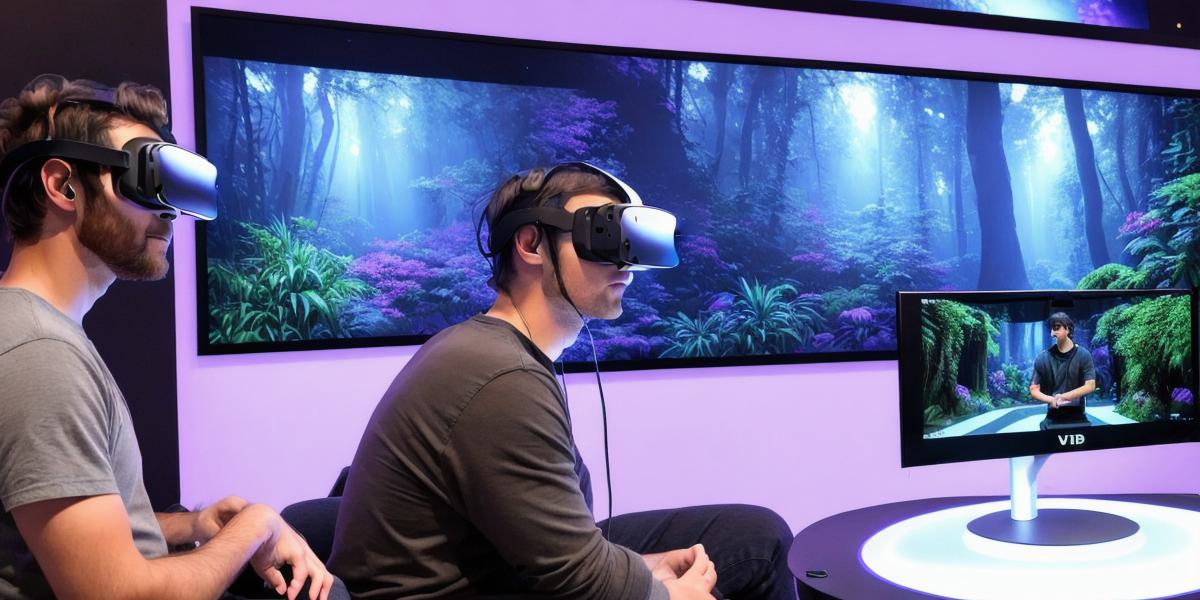Introduction:
Virtual Reality (VR) has come a long way since its inception, and today it’s more realistic than ever. But why is that? In this article, we’ll explore the science behind VR’s ability to create such immersive and lifelike experiences. We’ll look at how our brains process visual information, the role of stereoscopic displays, and the importance of haptic feedback in creating a sense of presence.
The Science Behind Realism:
One of the key factors that contribute to VR’s realism is our brain’s ability to process visual information. When we look at something, our eyes capture two slightly different perspectives from each eye. This information is then sent to our brain, which uses it to create a 3D image in our minds.
In VR, stereoscopic displays are used to simulate this natural process by presenting two slightly different images to each eye. This creates the illusion of depth and distance, making objects in the virtual world appear more realistic.
But visual realism is just one part of the equation. The other critical factor is haptic feedback, which is the sense of touch provided by VR devices such as gloves or vests. By simulating the physical sensations we would experience in the real world, haptic feedback creates a sense of presence that makes the virtual environment feel more authentic.
Real-life Examples:
One of the best examples of VR’s realism is in the field of medicine. By creating immersive simulations of surgical procedures, VR can help doctors and students practice and perfect their skills without the risk of harming patients. In fact, some surgeries are now being performed entirely in VR, thanks to advancements in haptic feedback technology.
Another area where VR’s realism shines is in training and simulation. For example, pilots can practice flying in virtual environments, with realistic weather and terrain conditions that simulate real-world scenarios. Similarly, soldiers can train for battle in a safe environment, with the added benefit of being able to quickly adjust settings and parameters as needed.
Conclusion:
In conclusion, VR’s realism is a result of a combination of factors, including our brain’s ability to process visual information, stereoscopic displays, and haptic feedback. By simulating the physical sensations we would experience in the real world, VR creates a sense of presence that makes the virtual environment feel more authentic. From medical training to military simulation, VR’s realism is transforming the way we learn, practice, and perform in a variety of fields. So, whether you’re a developer or simply someone who enjoys immersive experiences, there’s no denying that VR has truly come of age.
